The complex art of making spaces, by Jeremy Spencer of Janine Stone
There’s an alchemy to creating houses that don’t only function perfectly but look beautiful, too. Janine Stone's Jeremy Spencer explains more.
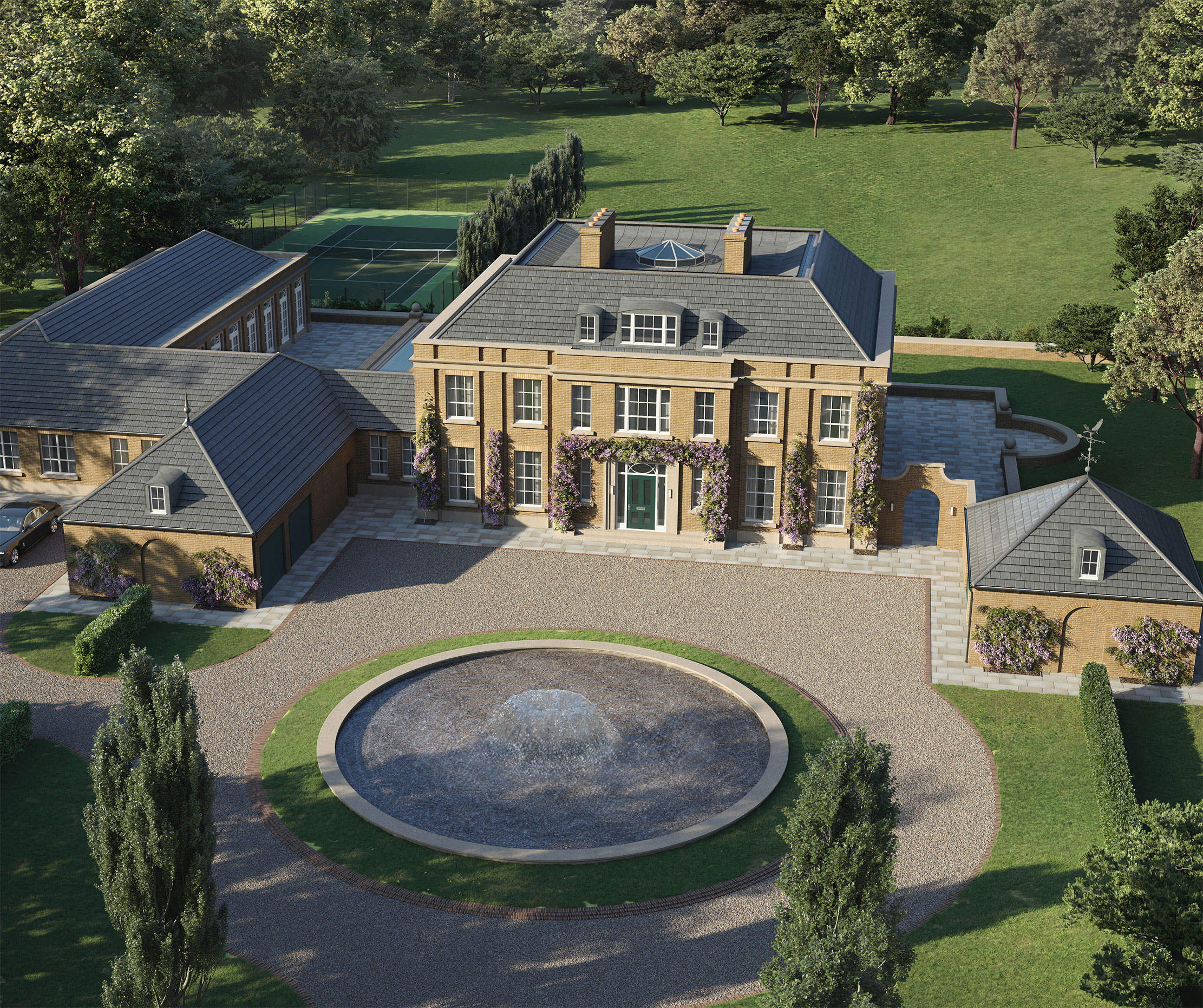

The layout of a house will always dictate the way it is used, from everyday routines to entertaining and, increasingly, working. On large projects, the relationship between elements such as cinemas, gyms, tennis courts, swimming pools, spas and staff accommodation also needs to be considered as part of a wider mix. As Jeremy Spencer of Janine Stone explains, getting this right is a complex art that involves balancing a desired lifestyle with the setting, outlook and external appearance.
What is the key to achieving the perfect layout in a new house?
The starting point should always be to listen to the client in order to discover the way they want to live. At the same time, it’s important to use an environmental survey to find any gifts that a site might offer. Important factors to consider at this stage are light, weather and topography that will influence the design of the house and its surroundings. Considering external factors may seem counterintuitive when it’s the inside you are planning, but the two need to work hand in glove; the setting will dictate the shape of the house, whether it’s long and thin, square or based around an internal courtyard. Sometimes, I find it useful to consider the house in section and some of the best designs also start from a good roof plan. At this stage, an axonometric plan will reveal all sorts of exciting possibilities, including long views both inside and out. There are lots of ways of approaching the subject but just one desirable outcome: a seamless marriage of form and function.
Are there fewer opportunities to create the perfect layout in an existing building?
There are plenty of ways that houses can be re-configured to suit the lifestyles of their owners and their surroundings. The three key considerations are the use of the space, the internal circulation areas and the orientation of the house. Adding and removing space, re-allocating the function of rooms, staircases and doors, and enlarging windows will all have a transformative impact.
What are the prevailing trends in layouts?
Increasingly, a desire to establish the kitchen as the heart of the house very much dominates the agenda; the main decision is whether it should overlook the front or a more private recreational area to the rear. Although the emphasis is now much more on open-plan layouts, there is still demand for smaller spaces such as studies, TV rooms that offer privacy and also ancillary spaces such as utility rooms, secondary kitchens and boot rooms that take pressure off large spaces.
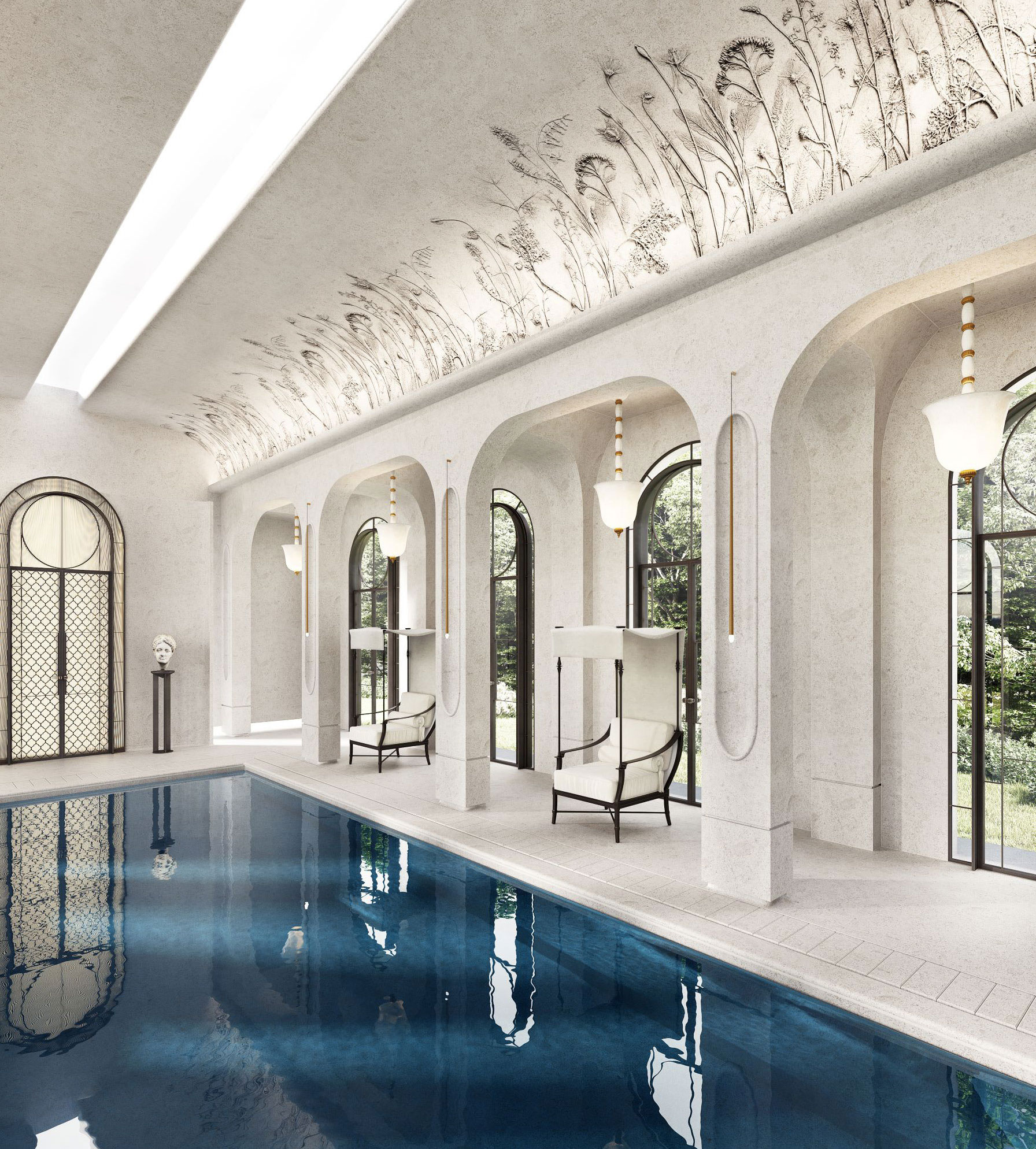
How do architecture and interior design complement one another when layouts are being planned?
It is vital that the positioning of furniture and lighting should work hand in hand with the overall floorplan, as well as the external elevation of a house. It’s for this reason that engaging with a multidisciplinary practice can reap rich rewards, not only in terms of a holistic approach but also the seamless management of a project.
How do you approach circulation space?
In modern houses or those where space can be at a premium, such as townhouses, Making spaces there is often a tendency to combine circulation with other functions. Where space allows, there is no doubt that a large entrance hall lends drama on arrival. Elsewhere in a house, circulation space enhances the amount of separation between rooms with different functions, particularly formal and informal. It’s especially useful when privacy and peace are required.
How should internal space relate to the outside?
Views are vital to a client’s enjoyment of a house and it’s best when they can be savoured from as many comfortable spaces on a daily basis. Orientation and large windows will obviously enhance this experience, but so will furniture layouts. Access is another issue that needs to be considered; broadly, this falls into three different categories; access to formal spaces, functional entrances that will accommodate clothing and pets, and informal spaces that offer convenient access to terraces.
What is the ideal outcome?
Needless to say, it is one that delights a client every day through effortlessly, accommodating the demands of daily life with functional but beautiful spaces, yet also creating areas where there is drama and magic — and, of course, spaces that allow clients to enjoy the setting in all its glory.
Janine Stone & Co specialises in building and renovating great houses, incorporating architecture, interior design and construction management, and has been providing Country Life with insights and expertise on different elements of new-build and renovation projects through this regular monthly ‘Masterclass’ series. To speak with Janine Stone & Co, please telephone 020–7349 8888 or visit www.janinestone.com
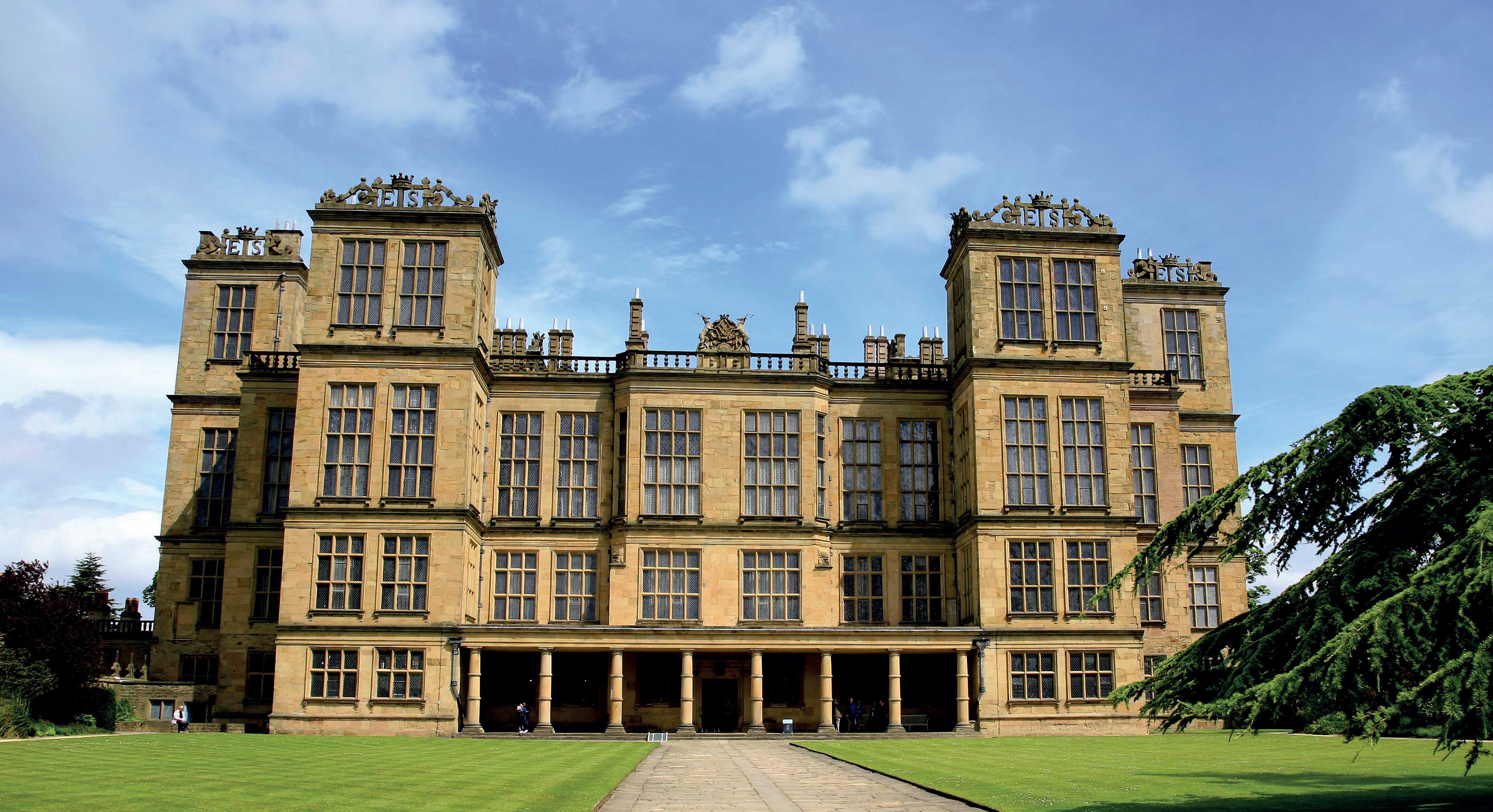
Janine Stone's Jeremy Spencer: 'The impact of windows on a building’s appearance can be transformative'
In the latest Janine Stone Masterclass, Giles Kime talks to Jeremy Spencer about the lessons we can learn from the
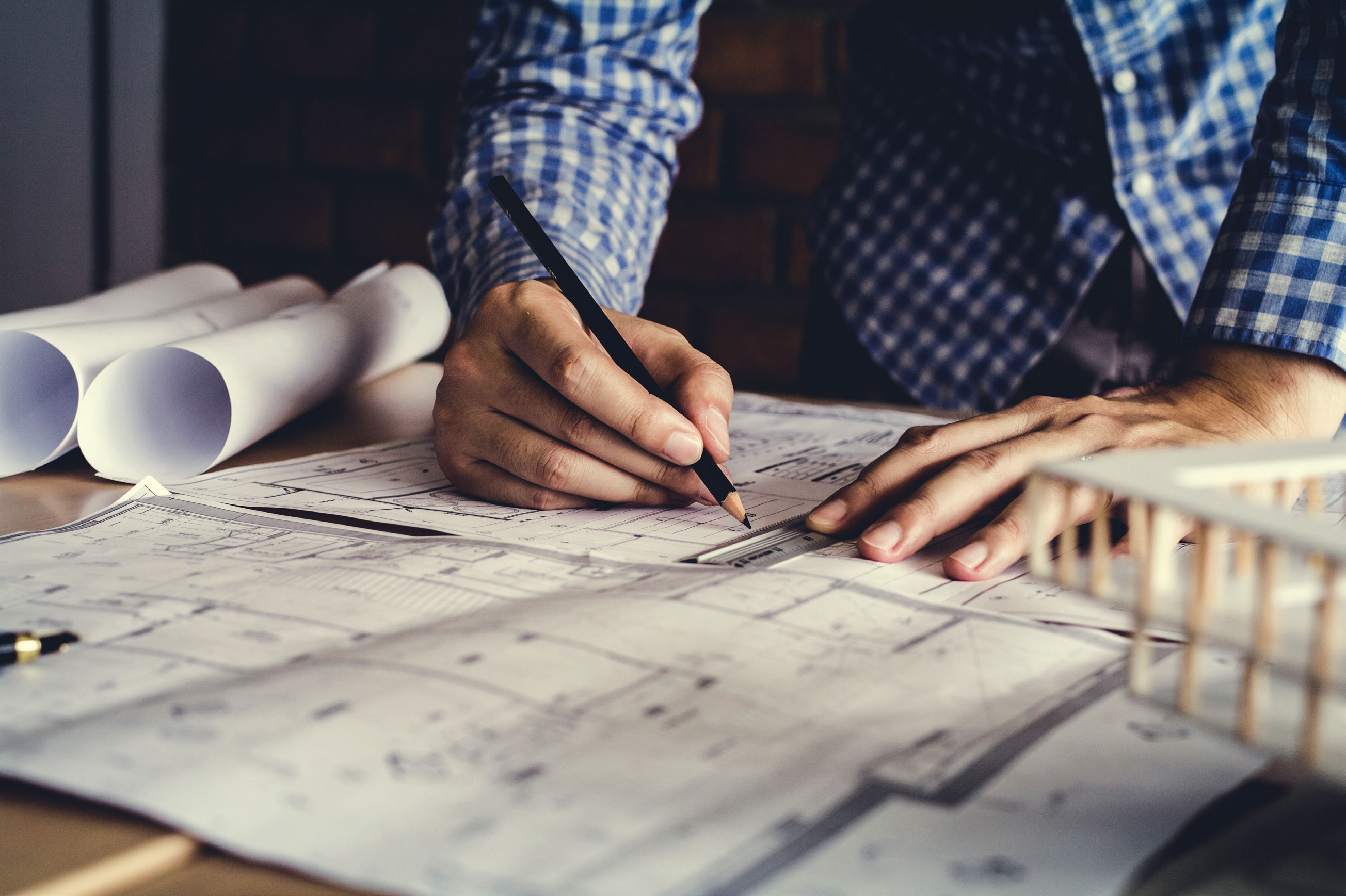
Credit: Janine Stone
Janine Stone: 'We create houses not only for clients, but for future generations'
In the third of our series of masterclasses, interior designer Janine Stone answers questions from Giles Kime about how to
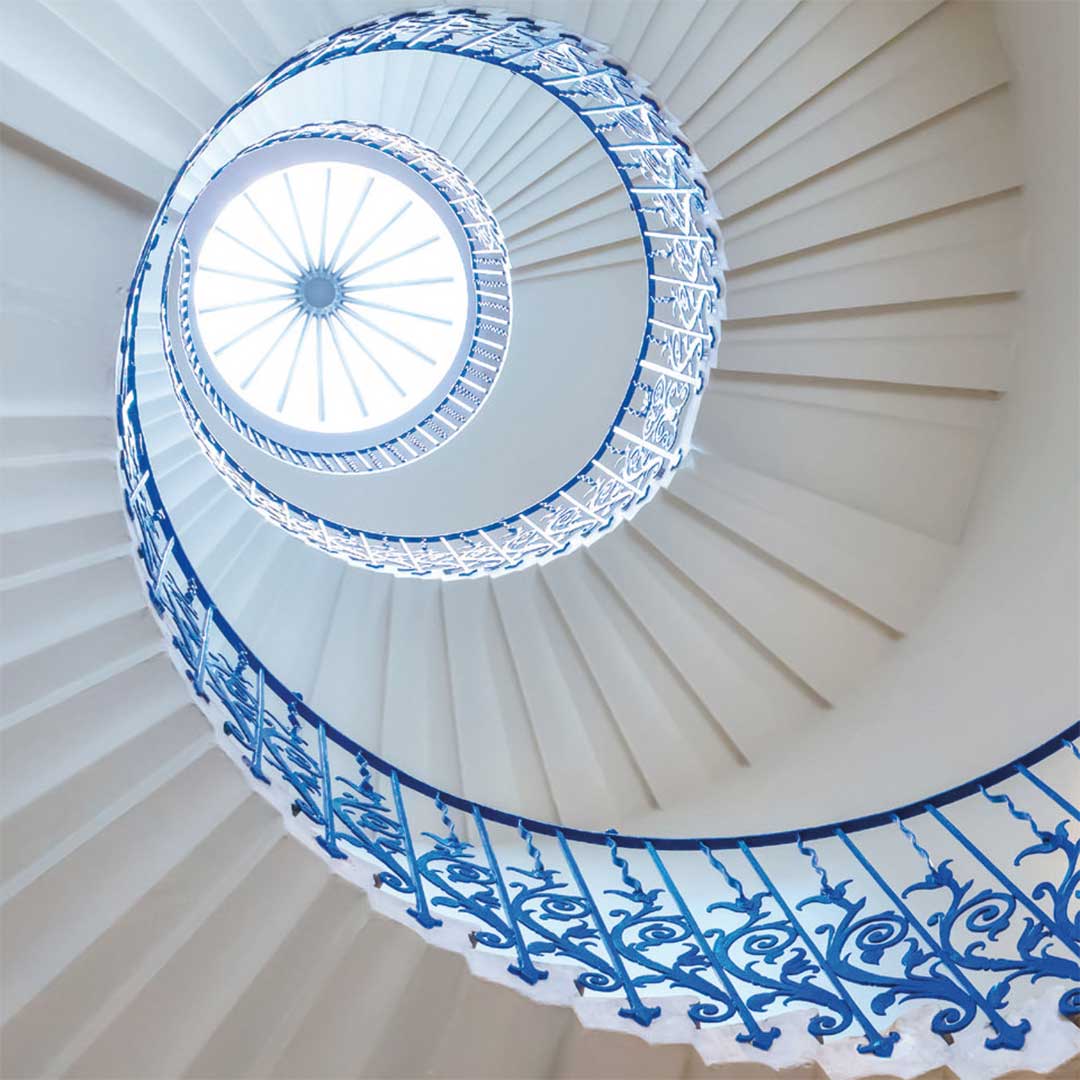
Janine Stone: 'Knowing who to work with, their capabilities and specialisms, is as important as the design itself'
The interior of a beautiful building is often what leaves the most enduring impression in a visitor’s memory; carefully crafted
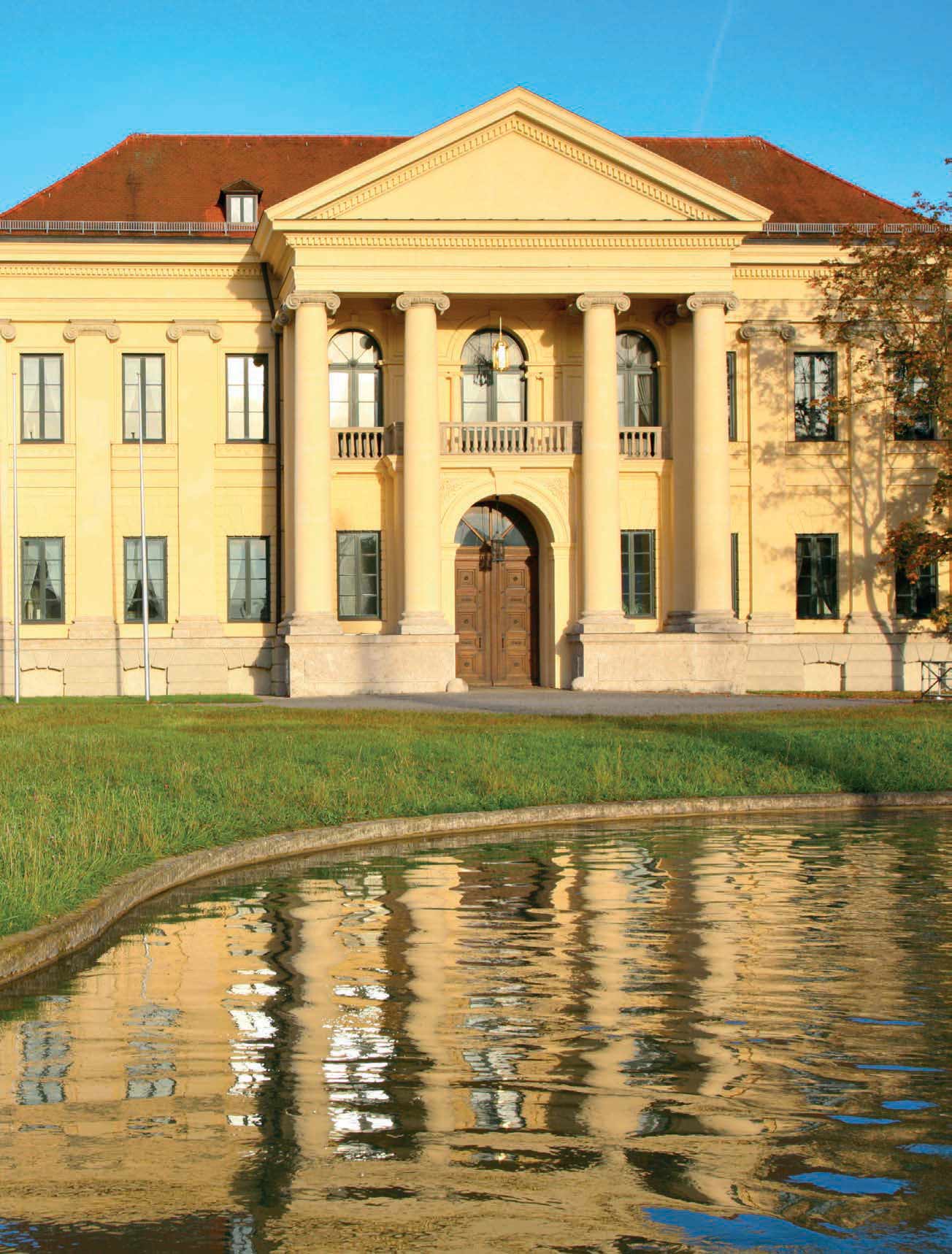
Credit: Janine Stone
Janine Stone's Jeremy Spencer on how houses need not just blend into their settings, but can actively enhance them
When creating a new country house, there are plenty of inspiring examples of how it can sit seamlessly into its
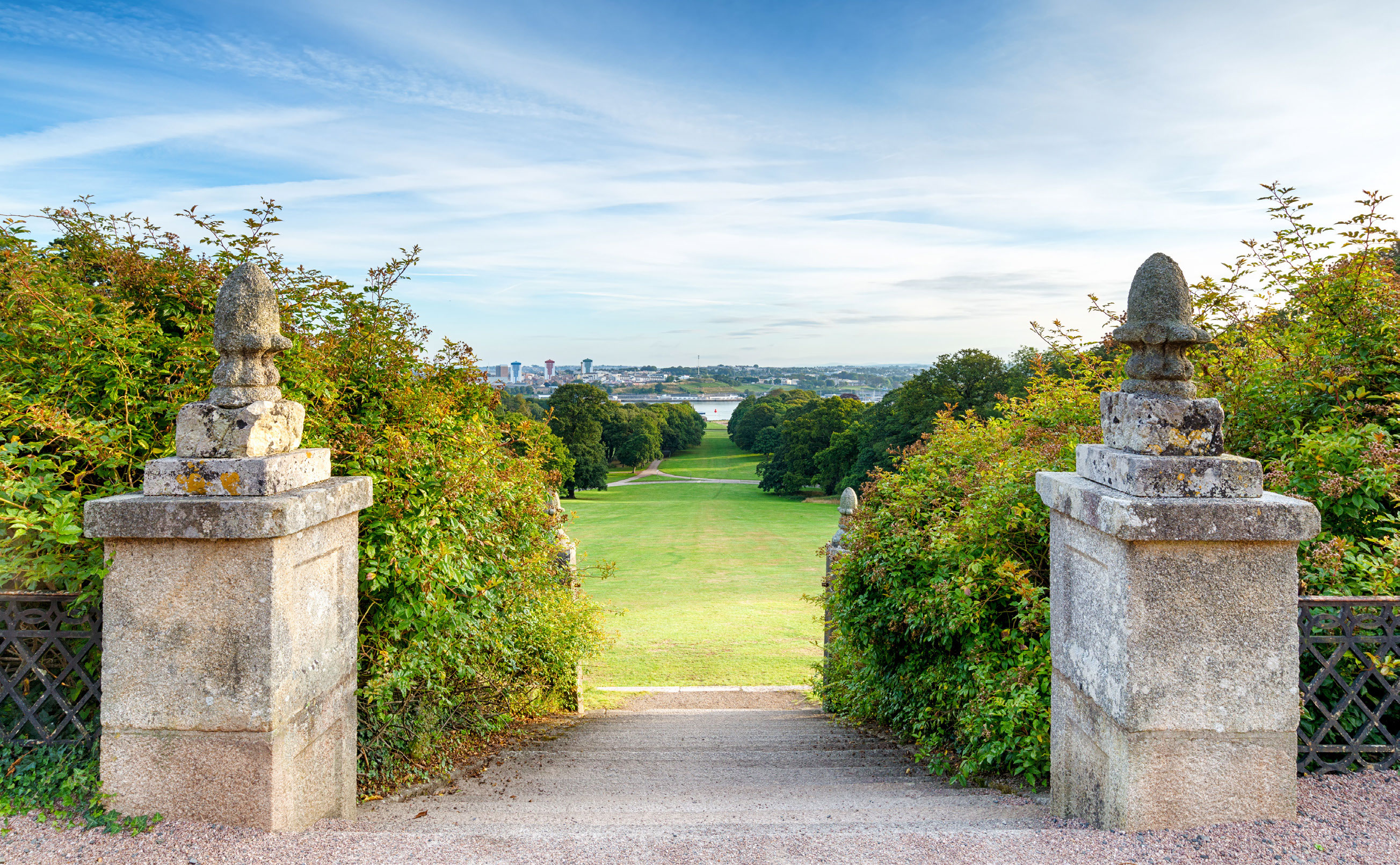
The secret of making the most of a house with a beautiful setting, by Janine Stone's Jeremy Spencer
You only need to explore Britain’s historic houses to appreciate the benefits of a beautiful setting. Jeremy Spencer of Janine
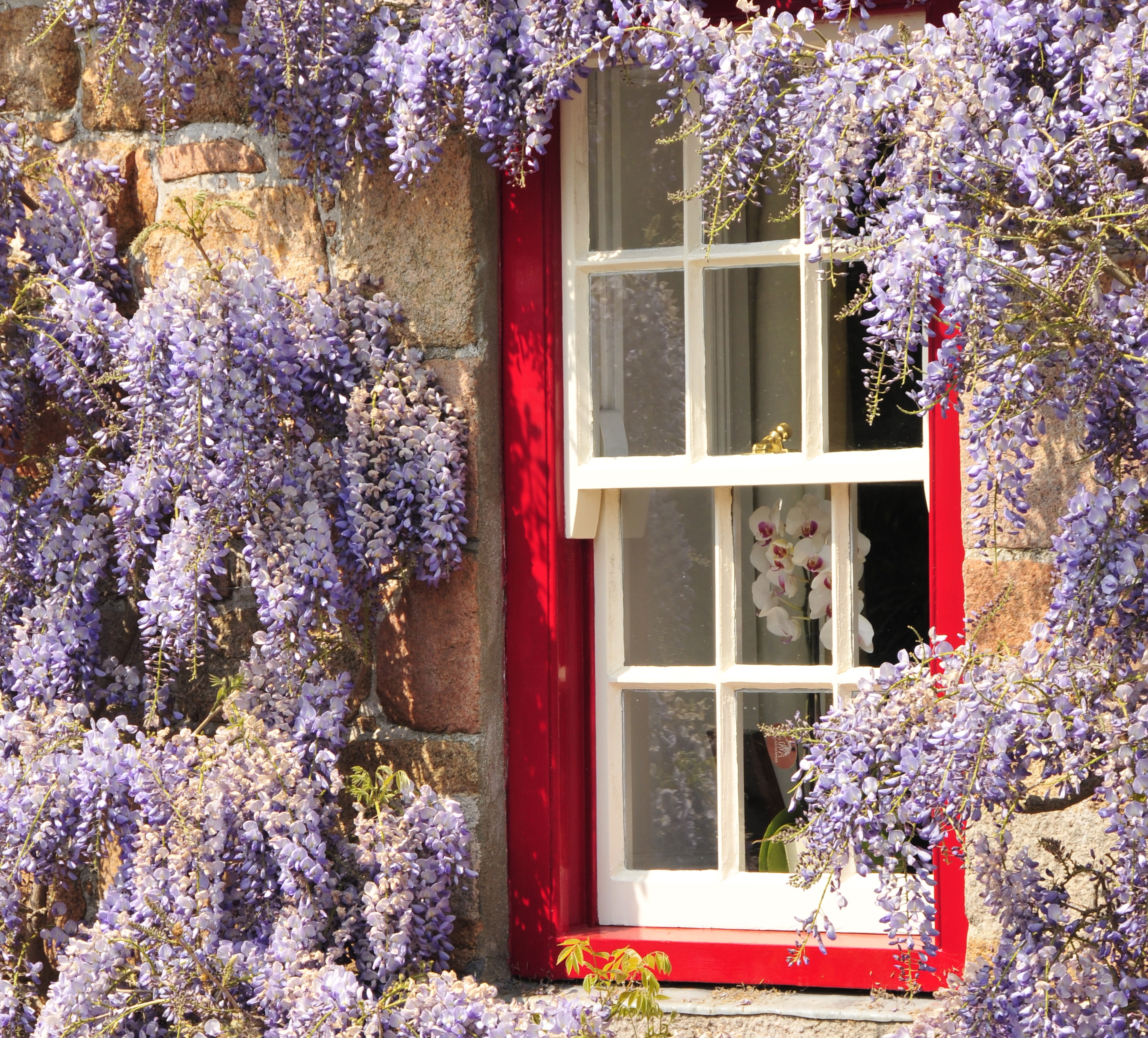
Credit: Getty Images
The great sash-window debate: Repair, replace or drag them into the 21st century
Little beats the charm of traditional sash windows, but there's no doubt they can be a little leaky. Eleanor Doughty
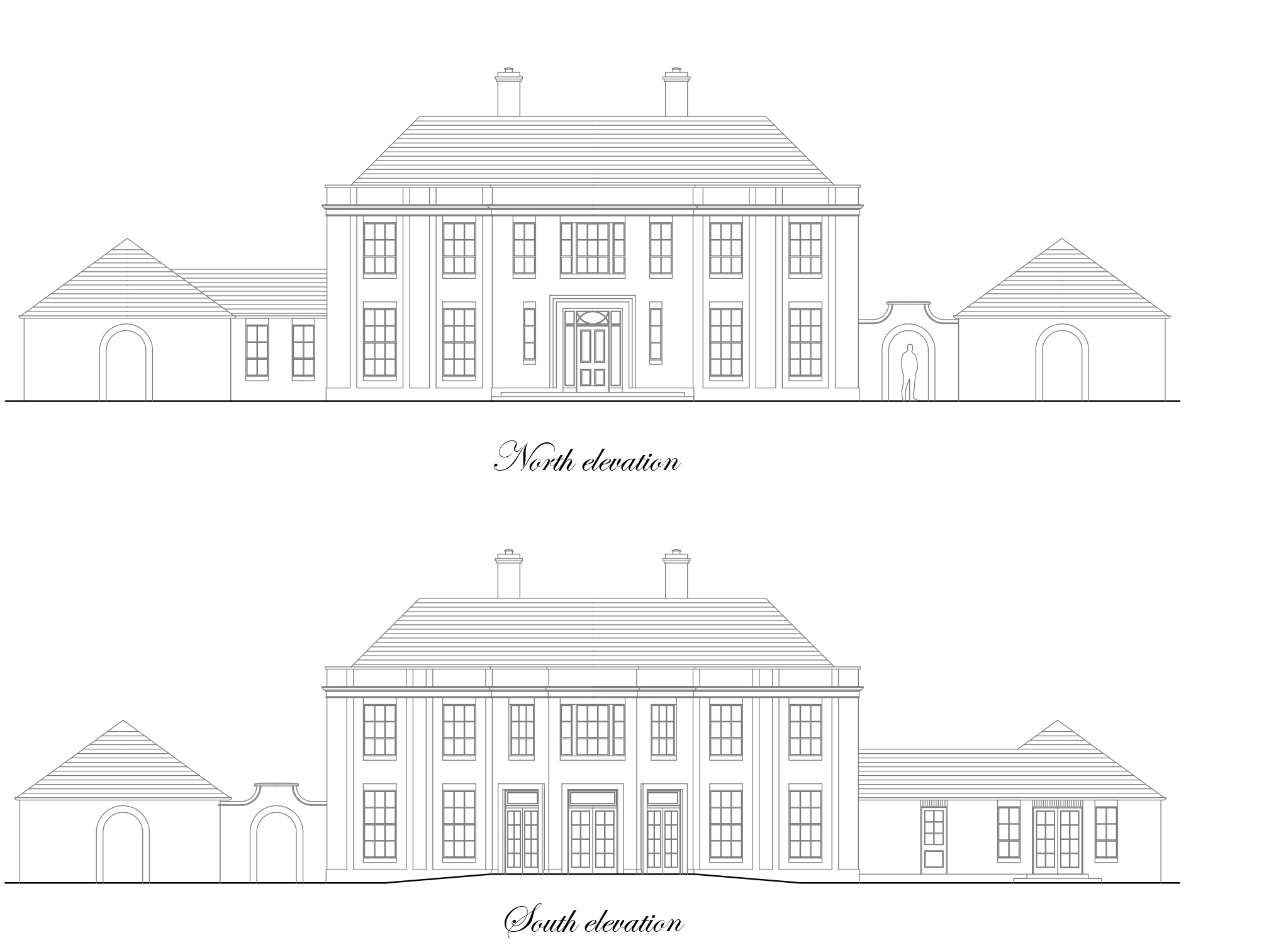
Credit: Janine Stone
Janine Stone's Jeremy Spencer on getting the right team for your project, and keeping the client at the epicentre
Jeremy Spencer of Janine Stone tells Country Life’s Giles Kime why collaboration is key to the success of an architectural
Exquisite houses, the beauty of Nature, and how to get the most from your life, straight to your inbox.
-
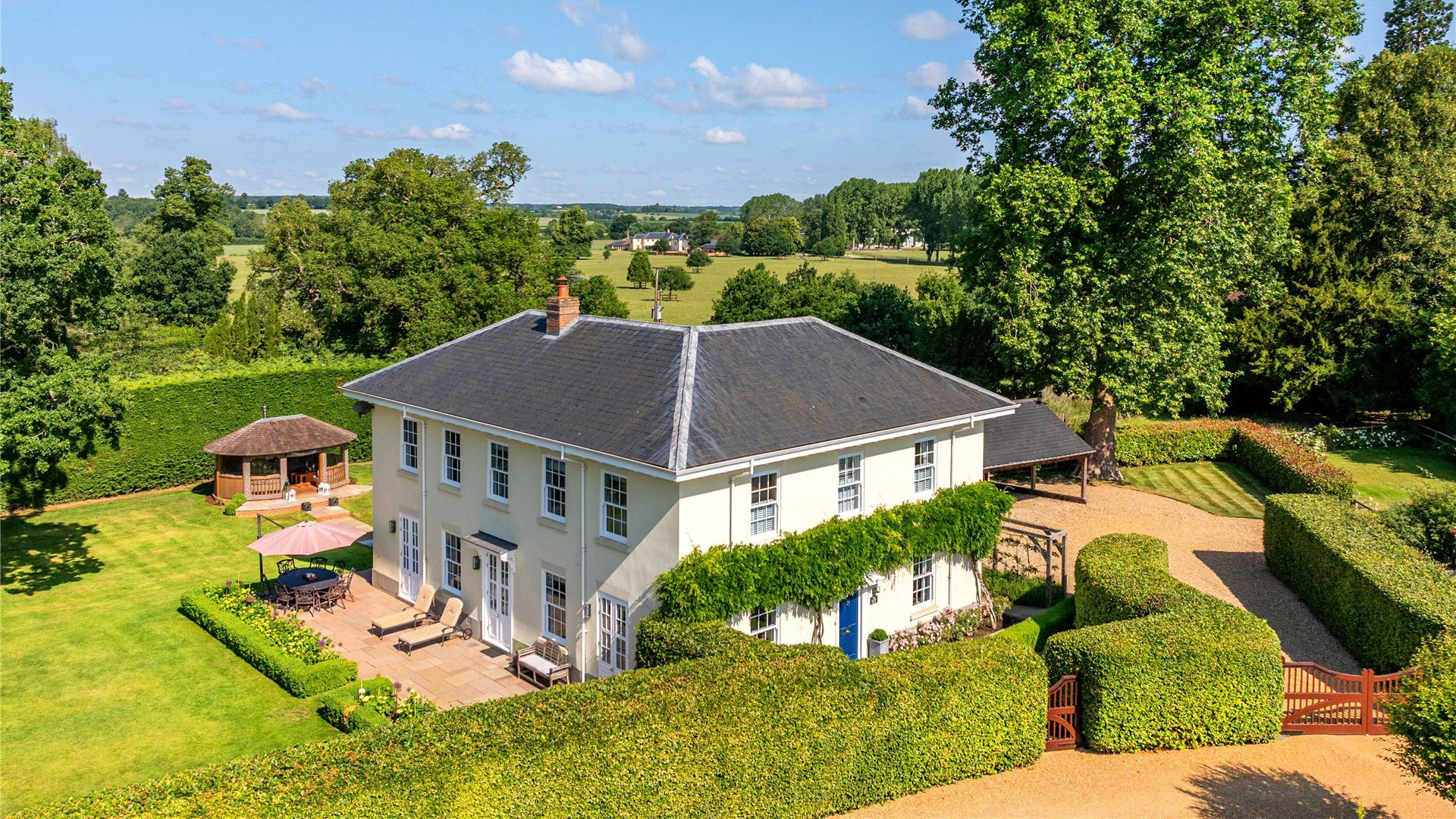 19 charming homes for sale, from picture-perfect cottages to beachside retreats, as seen in Country Life
19 charming homes for sale, from picture-perfect cottages to beachside retreats, as seen in Country LifeThis week's selection of some of the best homes to come to the market via Country Life this week.
-
 You can’t always rely on the Great British summer — but you can rely on its watches
You can’t always rely on the Great British summer — but you can rely on its watchesBritish watchmakers have excelled themselves in recent months — releasing bright and beautiful timepieces that you'll want on your wrist through summer, and beyond.
-
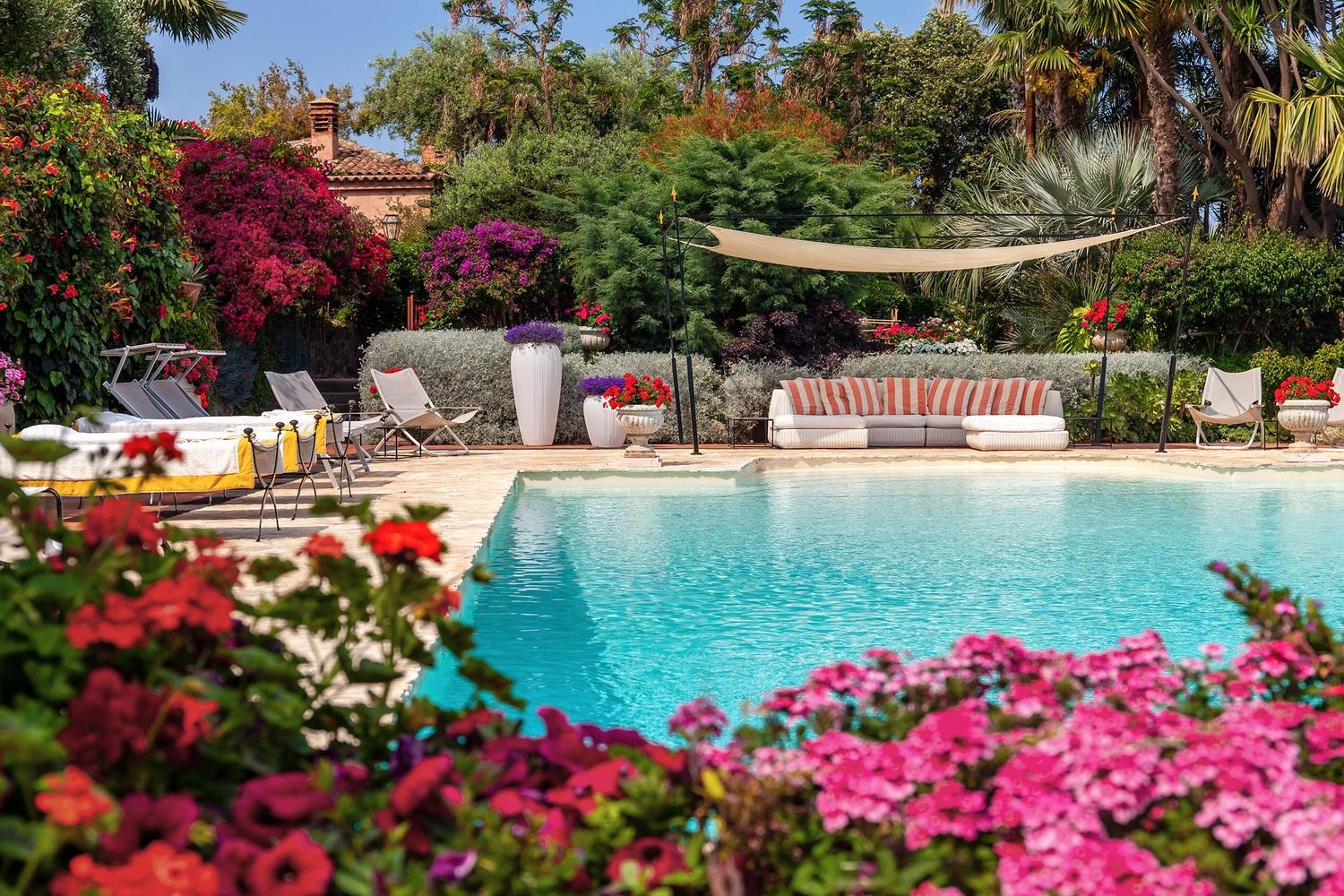 Jewels of the Mediterranean: Luxury multi-generational villa holidays
Jewels of the Mediterranean: Luxury multi-generational villa holidaysThe Thinking Traveller have some of the finest villas in the Mediterranean on their books for multi-generational holidays. Here are just a few of the highlights.
-
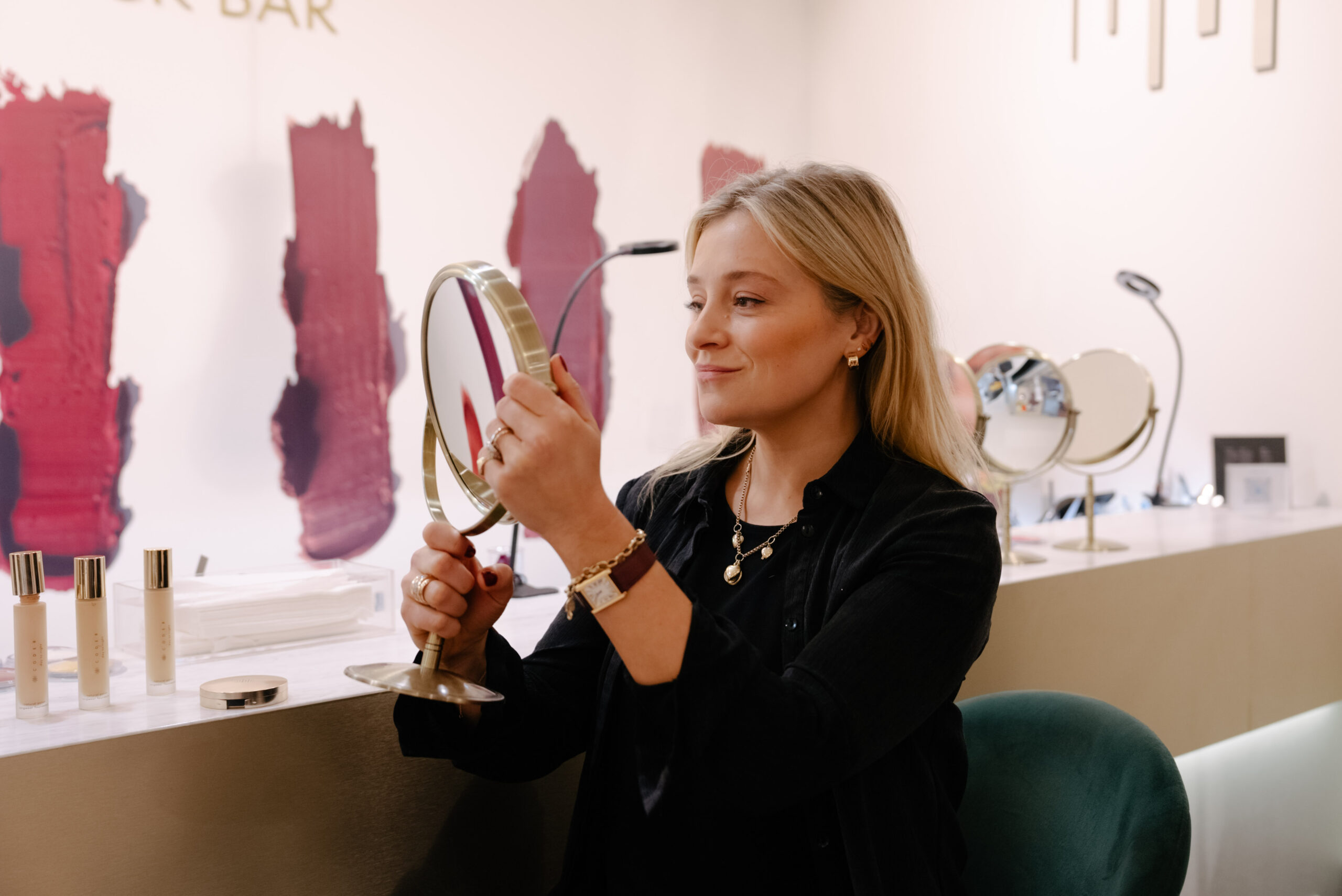 Code8: Beauty on Burlington Arcade
Code8: Beauty on Burlington ArcadeCome along Burlington Arcade with Hetty Lintell to visit beauty gurus Code8, and try their new Day To Night Foundation.
-
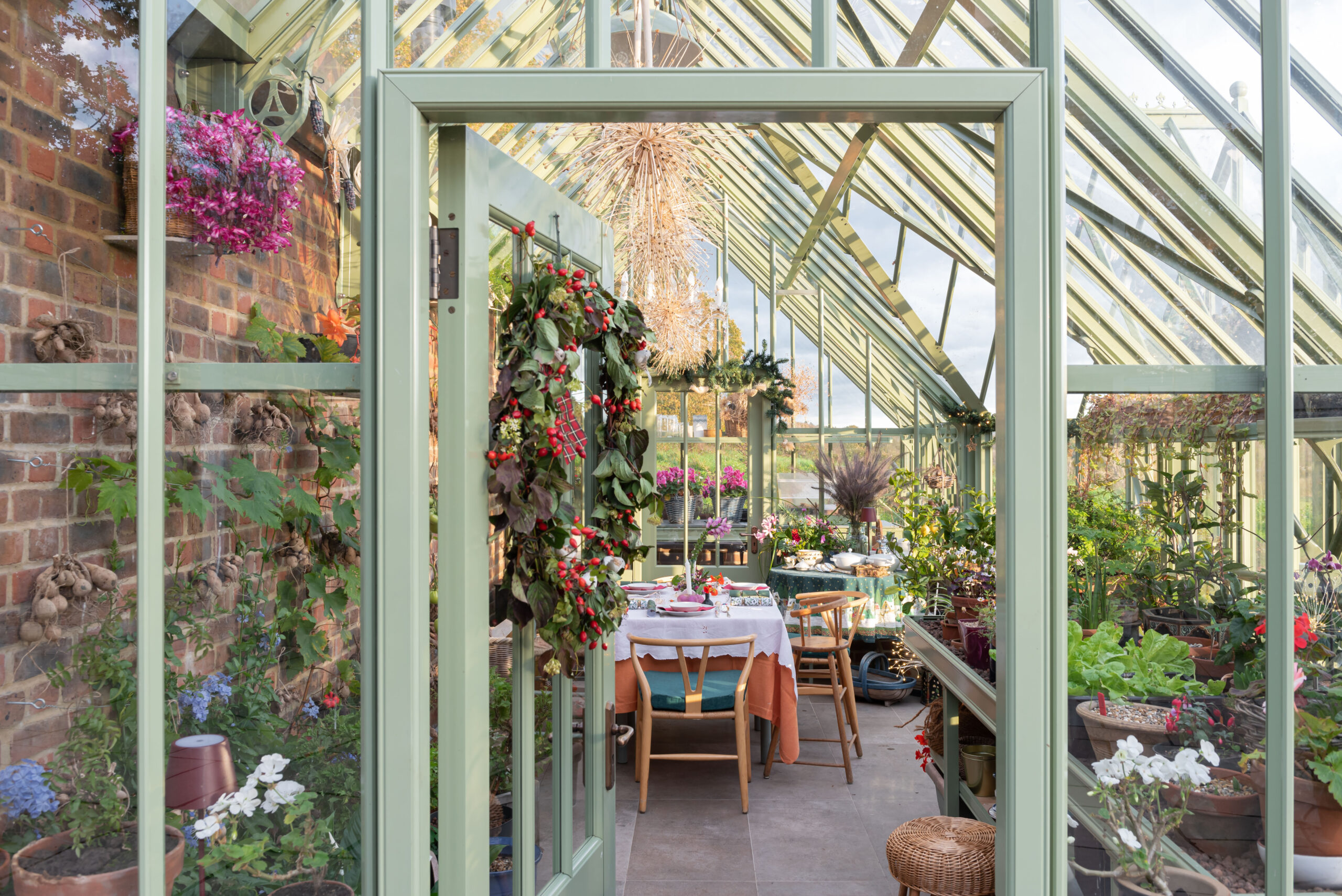 The gift of growing
The gift of growingEntirely built to suit your needs, a bespoke Alitex greenhouse not only helps you nurture flowers and vegetables, but also offers a tranquil retreat from the pressures of daily life.
-
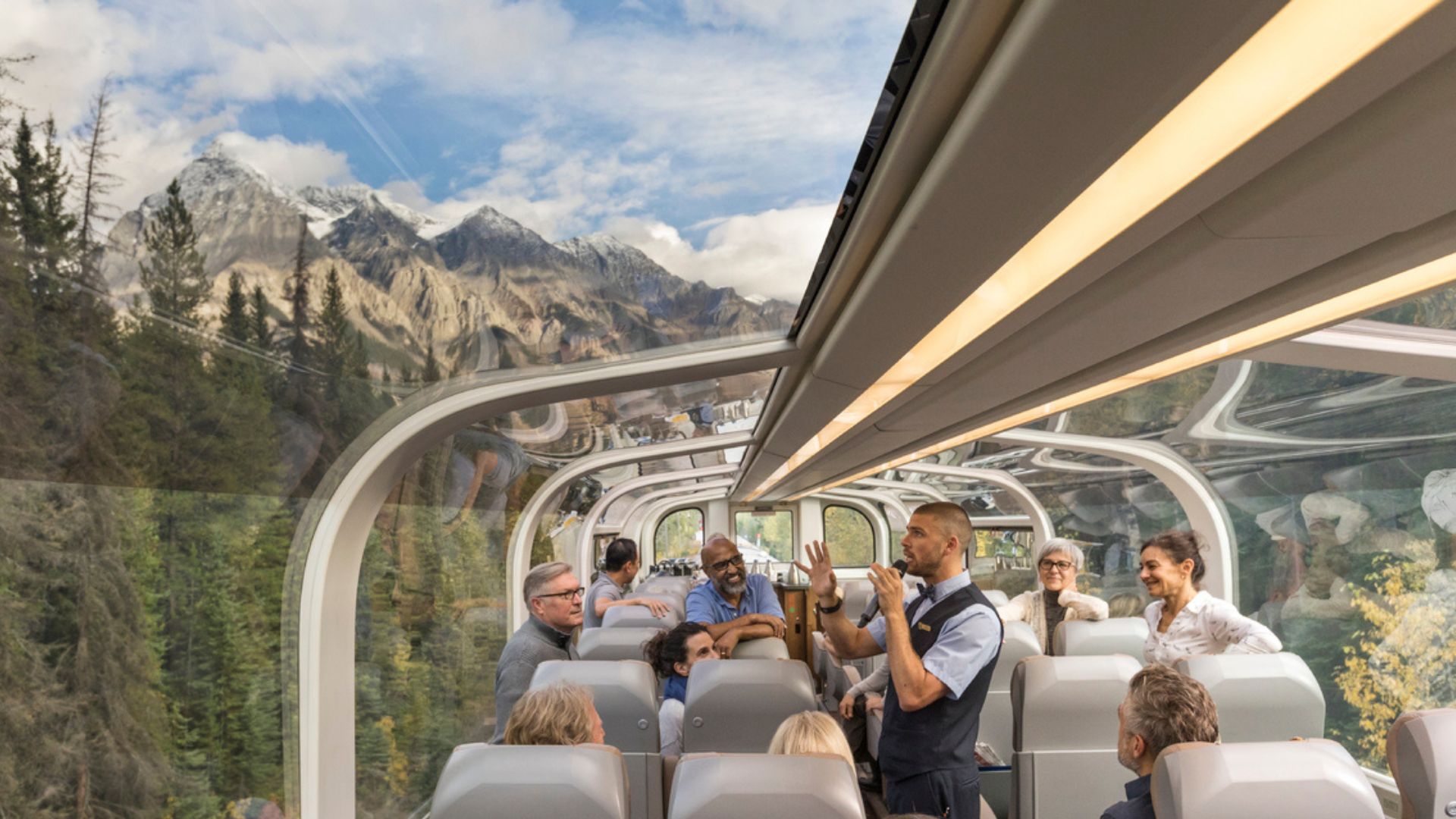 The ultimate Canadian train journey
The ultimate Canadian train journeyExperience the spectacular scenery of the Canadian Rockies onboard the luxury and top-tier service of Rocky Mountaineer.
-
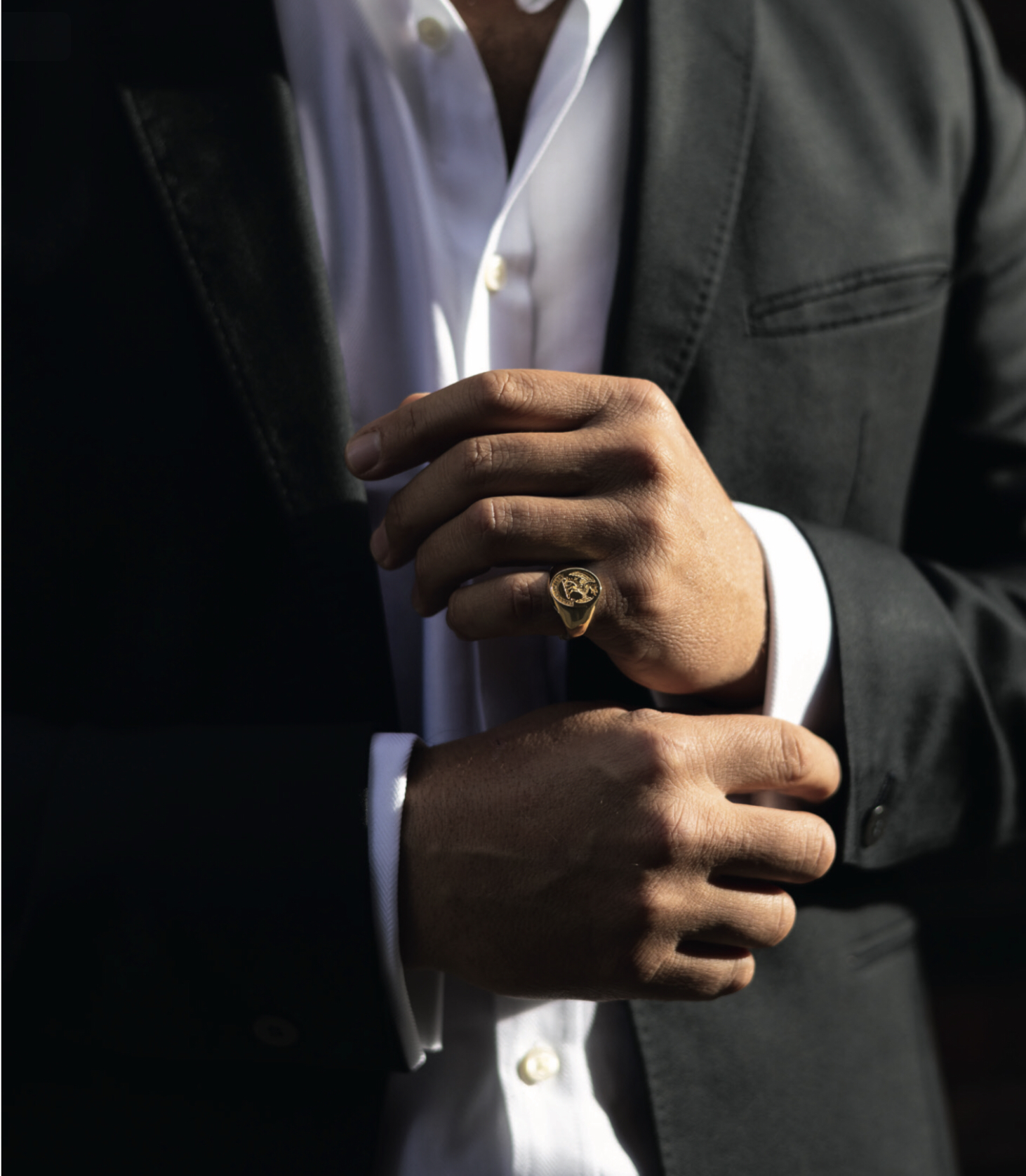 Diamonds are a man’s best friend
Diamonds are a man’s best friendMale interest in jewellery is on the rise, with gypsy and signet rings proving especially popular, according to renowned jeweller Hancocks.
-
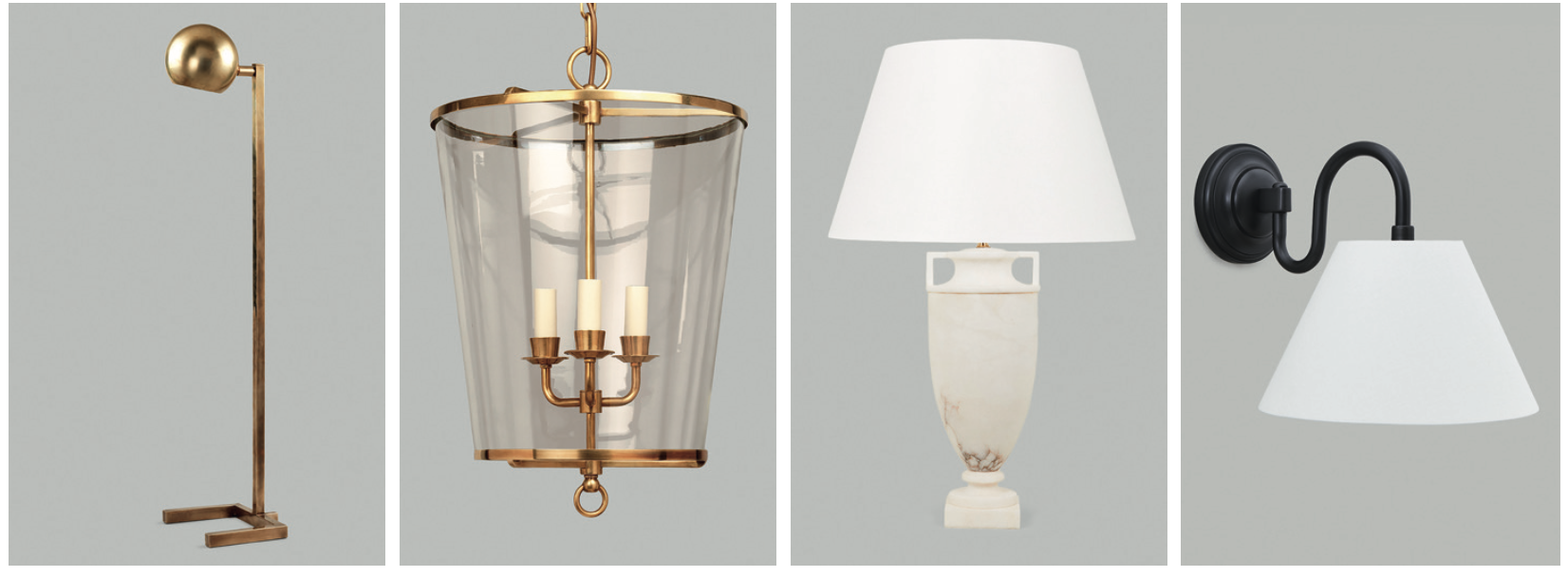 The Art of Lighting: Four of Britain's top designers share their best tips for choosing lighting
The Art of Lighting: Four of Britain's top designers share their best tips for choosing lightingAt a recent panel discussion hosted at Vaughan’s London showroom during Focus/24, interior designers Emma Pocock and Sarah Peake, lighting designer Jo Mann of Lighthouse Designs and Richard Smith of Vaughan shared their top 10 tips on choosing lighting.
-
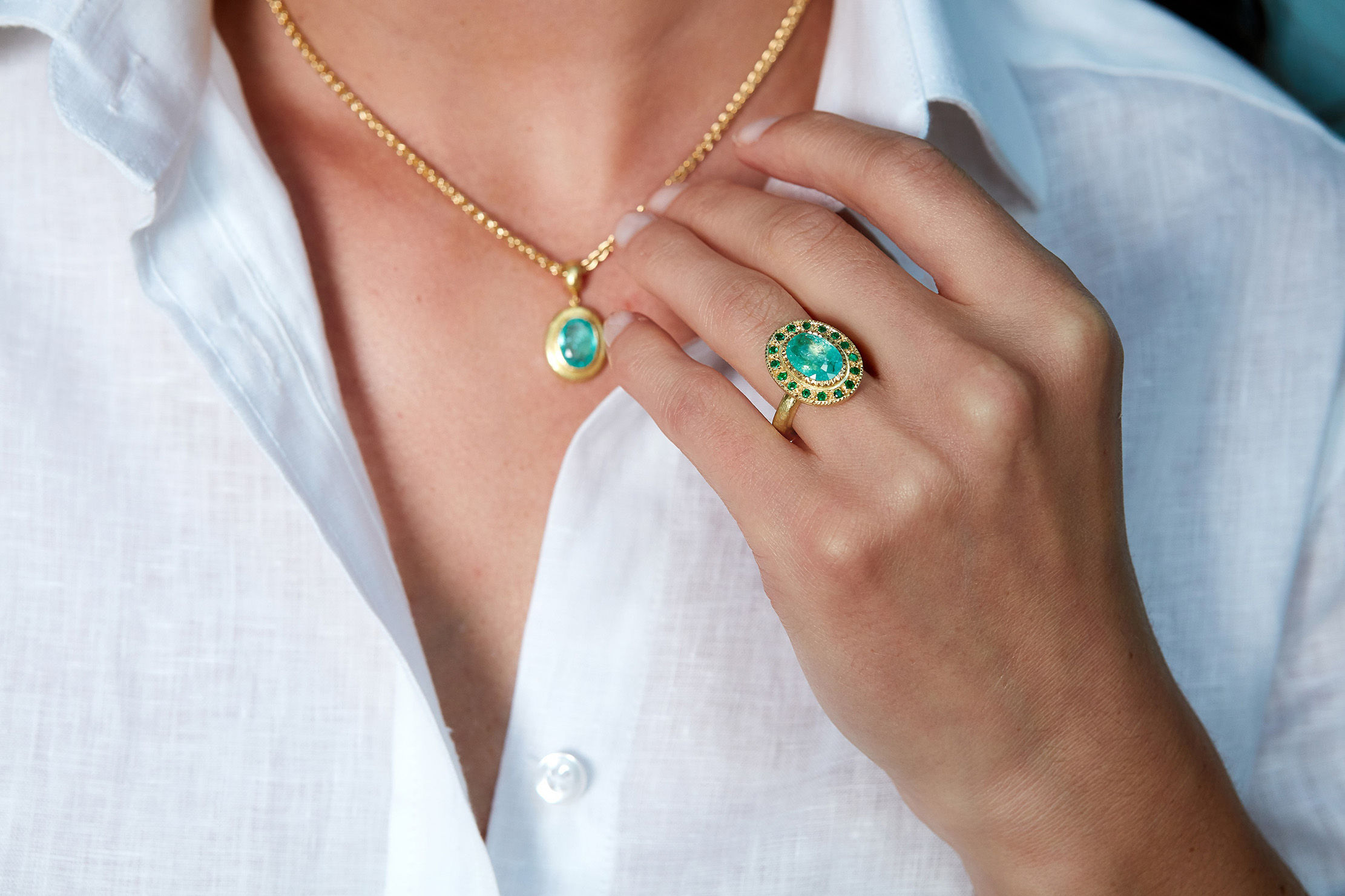 The beauty of bespoke: A journey with Julia Lloyd George
The beauty of bespoke: A journey with Julia Lloyd GeorgeGoing bespoke with Julia Lloyd George means getting not just a piece of jewellery, but a lifelong treasure.
-
 Hancocks: Sparkle of genius
Hancocks: Sparkle of geniusHistoric jewellery firm Hancocks, now in its new St James’s home, specialises in old-cut diamonds pieces that gleam and turn heads even in low light.
